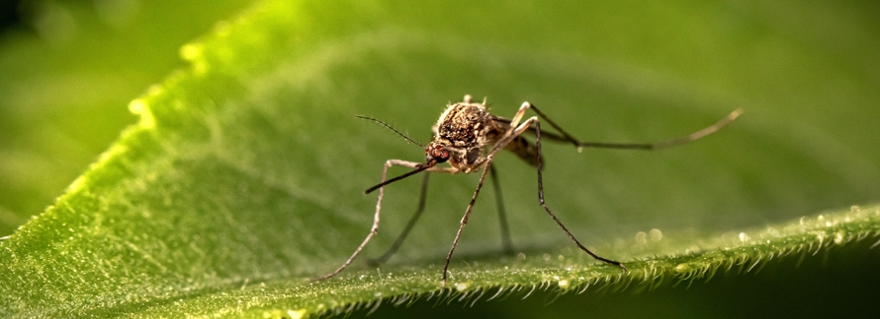
Researchers from Leiden University, McMaster University and Public Health Ontario are calling on colleagues to track down archival specimens of mosquitoes from museums and other collections and to examine them with modern methods. This will tell them more about malaria transmission.
Mosquitoes in public and private collections that were gathered during colonial expeditions, for instance, are an underexploited trove of information about parasites that cause malaria. Modern methods such as DNA analysis can extract information from these mosquitoes that can be used to protect vulnerable human populations.
This will allow researchers to study which types of malaria were present in which regions and when. ‘We don’t actually know much about how this was in the past’, says archaeologist Rachel Schats. The scientific study of historical malaria is a challenge because the infection usually leaves few traces in patient remains. Schats has previously studied skeletons to trace the spread of malaria, but DNA analysis of malaria mosquitoes can yield more detailed information. Then you can study the influence of factors such as climate, migration patterns and war on the spread and development of malaria.
Malaria in the Netherlands
In recent decades, malaria tends to have been associated with regions with a hot climate and thriving mosquito populations, such as countries in Africa and South Asia. But research has shown that until 1900, malaria was also found in the Netherlands, the UK, the United States and even in Finland above the Arctic Circle.
The drainage of wetlands for agriculture and development, the widespread use of insecticides following the Second World War and access to protective equipment, such as bed nets and drugs, ultimately pushed malaria much farther south. In recent years, however, climate change has had malaria on the move again. It has been found in Canada and the first cases in 20 years were reported in the United States in 2023. This makes it all the more urgent to understand malaria’s history.
Deadly disease
Globally in 2022, the World Health Organization registered 249 million malaria cases and 608,000 deaths. Children under five accounted for three-quarters of the deaths. ‘As the deadliest vector-borne disease (diseases spread by organisms such as insects, Ed.) malaria continues to present a challenge to those battling the disease and underscores an urgent need for the development of novel insecticides or vaccines’, says co-author Mark Nelder, an entomologist with Public Health Ontario.
